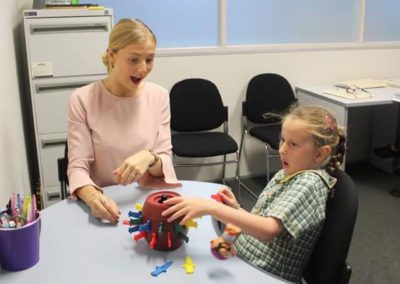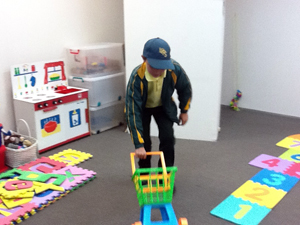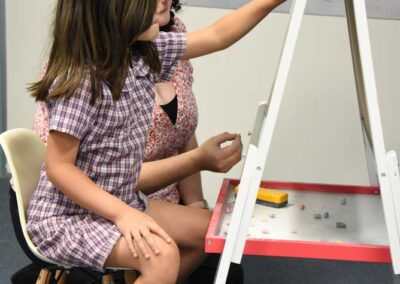As a parent, it’s completely natural to wonder if your child’s speech is developing as it should. One common concern parents raise is: “I think my child has a lisp – should I be worried?”
Let’s take a closer look at what a lisp is, why it might be happening, and when it’s time to consider speech therapy.
What Is a Lisp?
A lisp is a type of speech error that affects how your child pronounces sounds – usually the /s/ and /z/ sounds. Instead of a crisp, clear /s/, your child might sound like they’re saying /th/. For example:
- “sun” might sound like “thun”
- “zip” might sound like “thip”
While some speech errors (like saying “wabbit” for “rabbit”) are part of normal development and usually resolve with time, a lisp is often more complex. That’s because it’s not just about sound – it often involves how the tongue moves and rests in the mouth.

Why Does a Lisp Happen?
In many cases, a lisp is part of a tongue thrust pattern. This means the tongue pushes too far forward when your child:
- Speaks
- Swallows
- Rests (even when they’re not talking)
You might notice your child’s tongue poking out between their teeth when they speak, or they might rest their tongue against or between their front teeth instead of against the roof of their mouth.
When Should I Be Concerned?
Most children grow out of early speech errors by the time they’re 4 years old. If your child is over 4 and still has a lisp, it’s a good idea to have them assessed by a speech pathologist.
The earlier we can support your child, the easier it often is to help them develop new, healthy patterns for speech and swallowing.
What Will a Speech Pathologist Do?

Speech pathologists look at the whole picture – not just how your child says their sounds.
During an assessment, we might check for:
- Tongue ties (which can restrict tongue movement)
- Mouth breathing (often caused by allergies or enlarged tonsils)
- A high or narrow palate (roof of the mouth)
- Swallowing patterns and oral habits (like thumb sucking)
If your child has a tongue thrust, therapy will likely include:
✅ Exercises to strengthen the lips, tongue, and jaw
✅ Learning the correct tongue resting position (tip of the tongue up against the roof of the mouth, just behind the teeth)
✅ Practice with correct swallowing techniques
✅ Clear, targeted practice of sounds like /s/ and /z/
Therapists trained in orofacial myology have specialized skills in treating tongue thrusts, so it’s worth finding someone with that background.

Why Is It Important to Correct a Tongue Thrust?
It’s not just about speech. Tongue thrusts can affect:
- Jaw alignment – potentially leading to issues with bite or chewing and the overall shape of the face
- Dental development – causing overcrowding or open bites
- Palate development – a low-resting tongue can cause the roof of the mouth to be narrow, which might require orthodontic treatment later on
Many dentists and orthodontists now look closely at tongue resting posture because they know it plays a role in how the mouth and teeth develop.
What Should I Do If I’m Concerned?
If you’ve noticed a lisp or if your dentist or orthodontist has mentioned concerns like tongue posture or palatal development, trust your instincts and reach out for support.
We’re here to help with a thorough assessment, and if needed, a personalized therapy plan to guide your child toward clearer speech and healthier oral habits.
Early support makes a difference. Let’s work together to set your child up for success. You can contact us at Speak, Learn and Grow Speech Pathology Services on (02) 9526 2788 or fill in this form.









